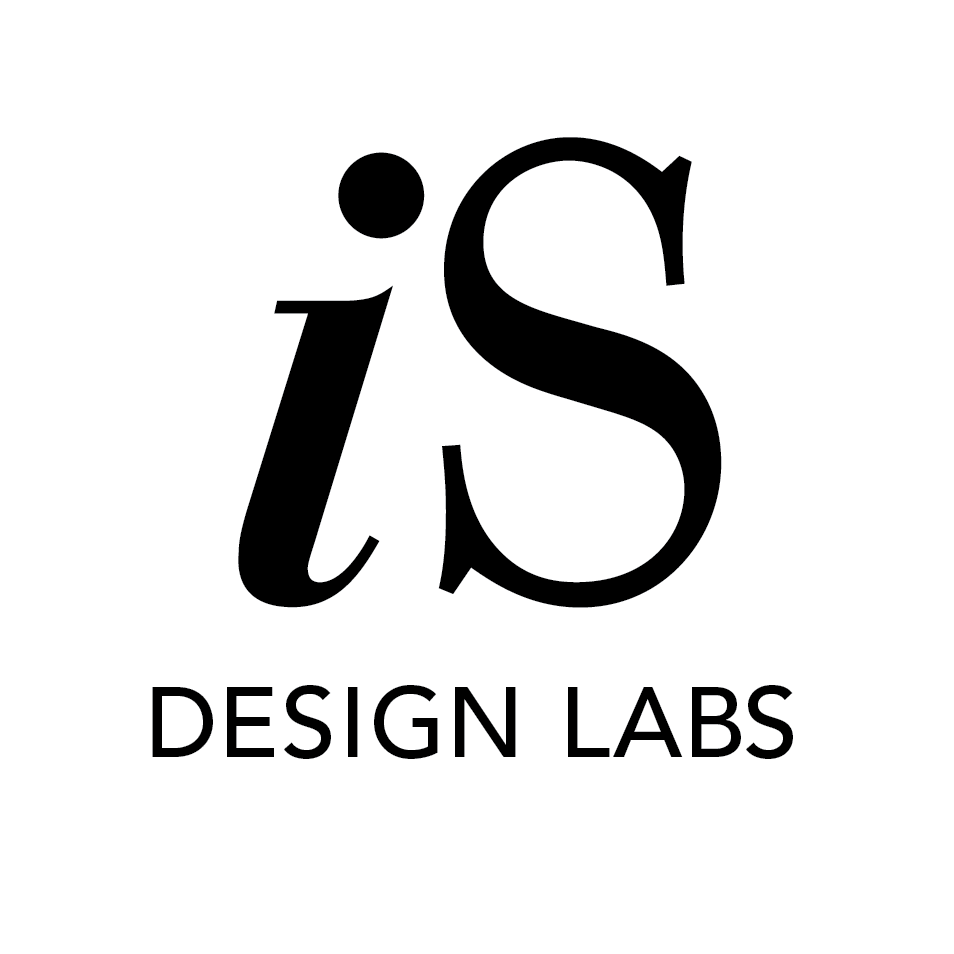Human Experience Design - Learning from Wine Tasting
There is a lot to learn from how experiences are formed and appreciated through a microcosm of a wine-tasting event. This curious culture has tons to offer, which we can adapt in understanding and evaluating any event.
A Toast to Research
My passion for this classic drink was established as I learned about our Niagara wine regions during my thesis year. That’s right, I had an excuse to consume wine and splash out on expensive bottles, all in the name of learning. I worked on creating a sub-brand product for an Ontario based winery (link here) through which I came to understand the culture around wine - enjoying and tasting it. One of my favourite findings was the fact that the way a wine feels inside each person’s mouth and through their tastebuds varies vastly. In other words, wine tasting is a creative process without one right answer. Moreover the idea of ritual, exploration, experimentation and perception connected with me on a personal and psychological level. The ritual part has to do with picking a bottle, committing to a brand reading about it and uncorking it for the right occasion. Exploration is a stage of consciously, with awareness smelling and tasting the wine, while experimentation comes into play when having wine meet foods with its finish (also referred to as an after-taste). Through these steps, we form an option about a bottle wine and a brand.
Furthermore, the sommelier profession holds a lot of weight, as people specialize in all aspects of wine service as well as food pairing. Wine tasting is an anticipated and respected event.
The Depths of A Wine Ritual
Zooming into a wine tasting, there are a few steps are taken into account before sommeliers and everyday drinkers evaluate a bottle.
Setting the background for expectations, a bottle is selected through important considerations where the vine was grown, the conditions of the soil, the climate (also referred to as the terroir), the year of growth and harvest (vintage) as well as the maturation process, aging and fermentation. In addition, nowadays, the unique wine bottle shape, label and, of course, the brand of the winery and its reputation, adds to the complexity of selection process. Excitement, expectation, intrigue are all feelings which come into play before the wine has been opened.
Once uncorked, the first step in wine tasting includes the visual appearance of this fermented drink, followed by the first nose - before the wine has touch oxygen much. Followed by a swirl and a second nose, after the wine has been in contact with air. This is also when the legs of the wine are examined. The part before the wine has touched our senses is very important, as it builds up expectations, creates a promise and deepens the experience. Next the palate comes into play - an experimental part as the wine is tasted, then shuffled around to all the taste buds in our palate and then tasted with air. Now this is not where the experience ends, as what follows is the finish. This is the point where ones examines what taste and feel the wine has left in their mouth and how was the overall experience. This step gives us a moment to criticize and understand the experience holistically. At this point our overall opinion is formed as all areas of the tasting are taken into account. From then on, it is all about enjoying the journey again and again until the bottle is gone and complimented with various foods.
Involving All Senses
Although one may say this experience is romantic and lengthy, it is due to this slower pace that we can tune in all our senses to connect with the product and the event of tasting it. This helps us savour the experience as we slow down and unwind. It is important to note that successful experiences are a play on all senses, no matter how secondary and unconscious they may be.
A wine-tasting mainly involves three of our senses - sight, smell and taste, as they lead the tasting process. The last two senses contribute greatly to the memory creation from this experience. The sense of touch is used as most physical experiences require so, one must touch the bottle and glass in the process. Touching the cool and smooth material of an elegant glass, elevates our experience and furthermore the action of swirling adds another layer of play and craft. Lastly, the sense of sound comes into play as the uncorking ritual takes place which is followed by discussion around the numerous stages of an experience. Experiences create memories which are deepened by human connection. Whether a new relationship or a strong, old one, having a partner in crime brings out conversations - the fruit of thought and development. Some people even keep a wine journal to help them remember and grow their knowledge and taste-bud sensitivity.
It is worth noting that wine culture has terminology around it, which further helps people develop their interest and expand their vocabulary to better understand and communicate their experience of tasting a wine.
I am not doubtful that such details subconsciously go on in our minds as we experience a restaurant, a haircut, a tour, a wedding and many others. We should create a culture around understanding experiences, to look at events with this much respect and appreciation, demanding just as much..
If we do, we might just help the human experience industry grow and improve. If we demand a holistic approach with this level of detail, we can set a new, higher standard - to create stronger experiences, long-lasting memories and emotions.
-
Above illustration created by me, Iliana Sergeev.



